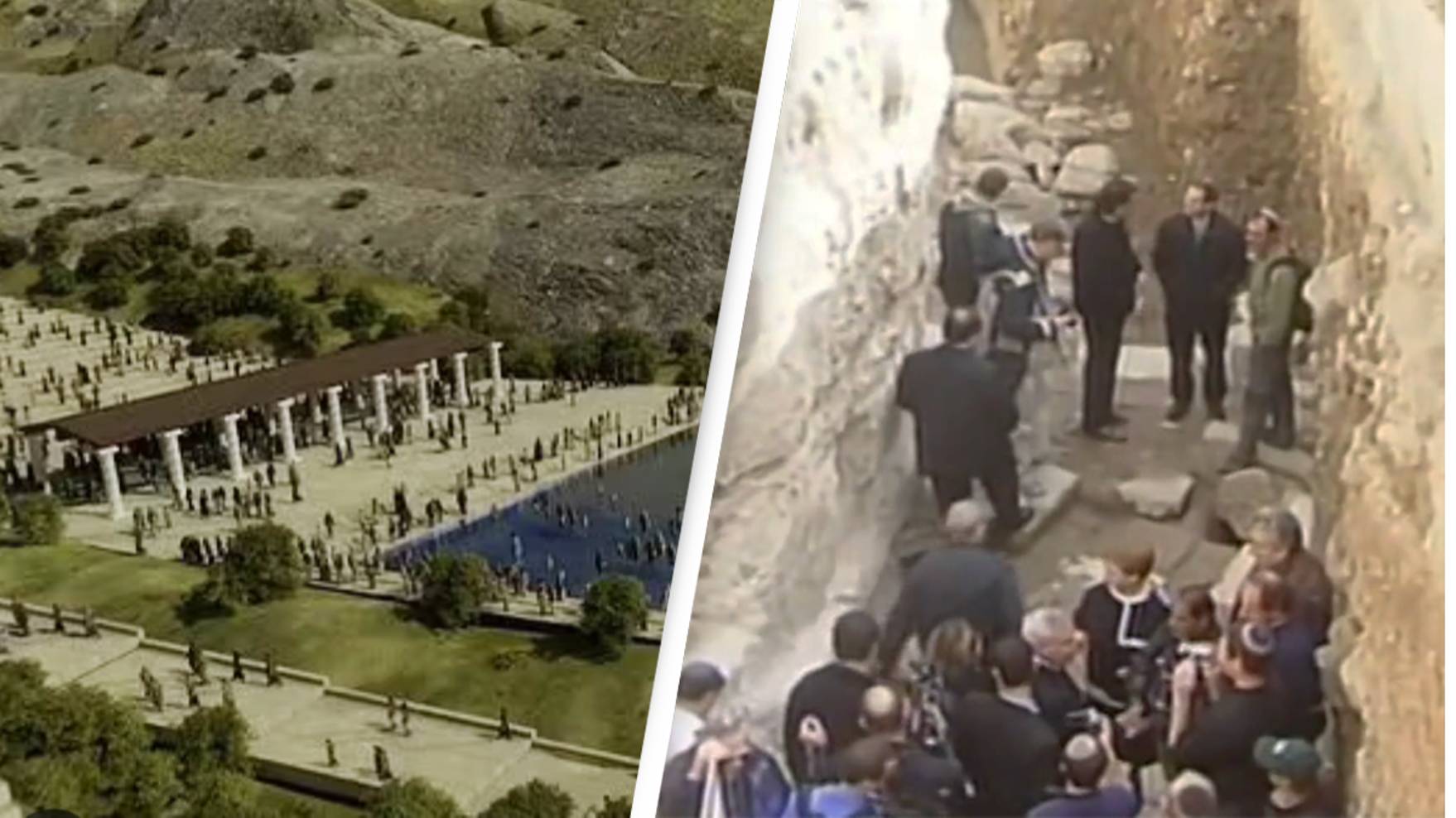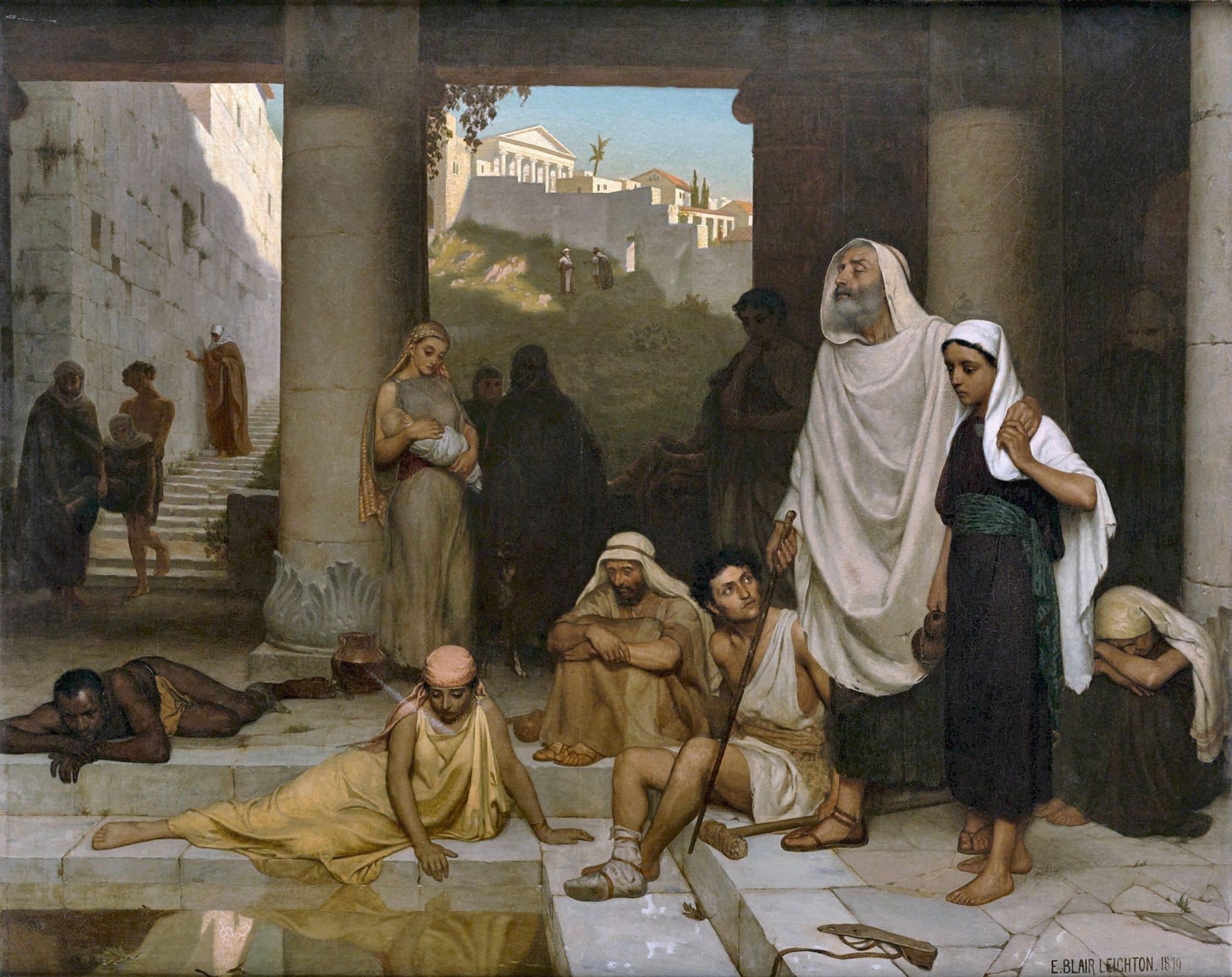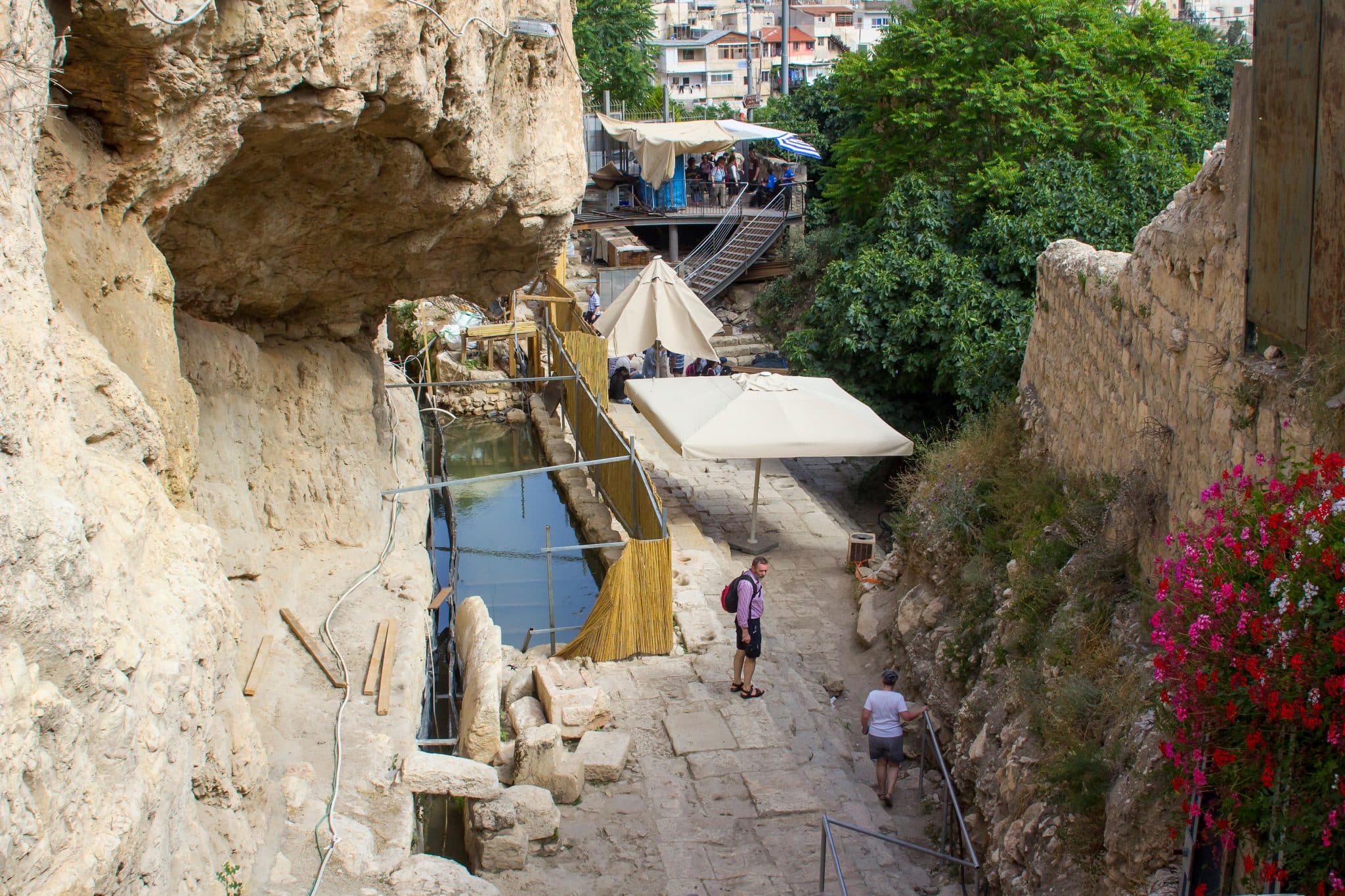Biblical sites are very important to both history and religion, and a new one will be open to the public for the first time in 2,000 years.
The Pool of Siloam is an archaeological site in Jerusalem, Israel, that is in the southern part of the City of David. It is said to be where Jesus told a blind man that he could see and where a miracle happened.
The Bible says that the man was born blind and that Jesus put mud on his eyes and told him to wash them in the Pool of Siloam.
He did this, and it was the first time in his life that he could see.
Because of the story, the site is very important to both Christians and Jews, and it is expected to open either all at once or in parts over the next few years.
Archaeologists are currently digging up the site, and the new tourist attraction will give people a chance to see how things are going.
Some people have already been able to see the pool where the miracle is said to have happened, as reported by a source. However, more work needs to be done before the area looks like it does in the Bible.
The mayor of Jerusalem, Moshe Lion, said this about the opening:
The Pool of Siloam in the City of David National Park in Jerusalem is a site of historic, national and international significance.
After many years of anticipation, we will soon merit being able to uncover this important site and make it accessible to the millions of visitors visiting Jerusalem each year.
At the end of 2022, The Israel Antiquities Authority, the Israel National Parks Authority, and the City of David Foundation all announced that the site would open.
John Hagee, an American pastor, said:
The Pool of Siloam’s excavation is highly significant to Christians around the world.
It was at this site that Jesus healed the blind man (John:9), and it is at this site that, 2,000 years ago, Jewish pilgrims cleansed themselves prior to entering the Second Temple.
But even though the site is best known for its importance in the Bible, it was there before Jesus and was part of Jerusalem’s water system about 2,700 years ago.
Back then, the pool was a storage area for water from the Gihon Spring, and underground tunnels were used to move the water.











